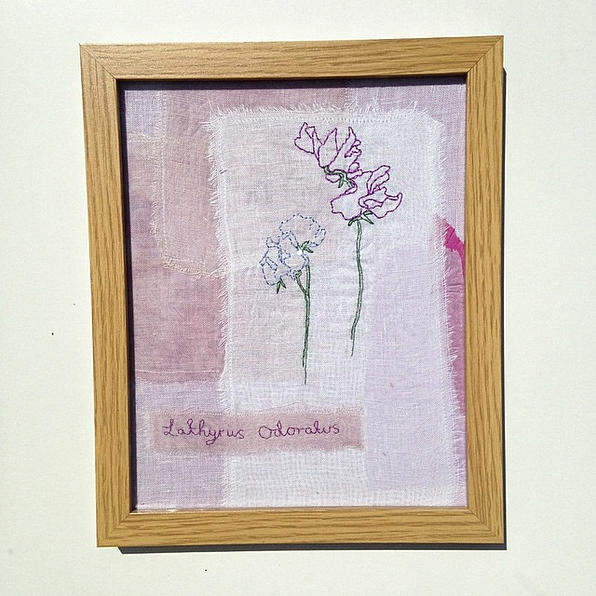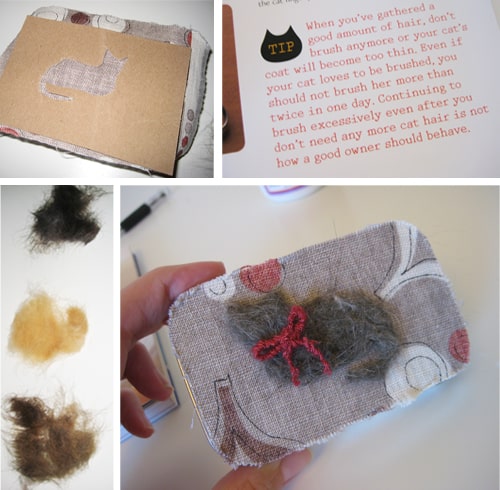Whilst creating work for my degree piece I began experimenting dying fabrics using natural pigments and products. Years ago I attended a textile workshop where we used rusty objects to dye and stain fabrics which I was surprised to discover produced some beautiful results. Since my latest project focused on the life and work of honeybees, I was keen to use natural dyes to create the fabric used in my textile work since I felt this would work well with the context of my piece. A quick internet search led me to a whole abundance of blogs and tutorials about using natural dyes. From spices such as turmeric to dandelion roots or red cabbage you would be surprised by how many things that you probably already have at home or in your garden that you can use to produce some really effective dyes.
For my honeybee work I was focusing on the symbolism of the colour yellow, so I stuck to using turmeric, onion skins and dried plant extracts from yellow flowers such as weld and madder. If you want to grow plants specifically to use as dyes there is a great website was able to find a great UK website http://www.wildcolours.co.uk/index.html which sells many different flowers seeds. If you are impatient to get dyeing and see some results, they also sell dyes, flower/plant extracts and mordants. That particular website was a great resource of information for me when it came to getting started with dyeing - they provide some really useful tips and information on which are the best fabrics to use and how to prepare your fabric so that the colours will last.
Weld - a great flower to use either dried or fresh to create a yellow dye
For a recent commission I was asked to create an embroidery of a sweet pea so decided to use this as an opportunity to experiment with some purple dyes. A quick trip to the supermarket provided me with some red onion skins, beetroot, red cabbage and black beans and after soaking my fabric in vinegar to mordant it, I soon began to get to work with the dyeing! Each dye produced a different colour - all of which were lovely but it was the red cabbage which created the nicest shade of purple. I also used a couple of different fabrics - thin muslin cotton, silk and a thicker cotton/calico which also led to a lot of variation in the tones and shades of each dye. Bear in mind that it is always best to use natural fibres when dyeing to produce good results. Below is a picture of my finished piece. All the fabric used was dyed using red beetroot then layered up an embroidered onto.
I really loved the process of natural dyeing - it may sound silly but it is so satisfying to see such great results so quickly just by using products that are so simple to attain! It is definitely a process I am keen to learn more about and continue to experiment with. The possibilities If what you can do are endless...
Below I have left some links to some of the blogs and tutorials that helped me get going, as I said there are so many out there each of which describe different techniques and methods. I have also included the website of artist India Flint. A innovative textile artist who has really taken things to the next level with her methods and use of natural dyes.
Enjoy exploring and experimenting!
Enjoy exploring and experimenting!
Folk Fibers blog - yellow and red onion skin tutorial


































